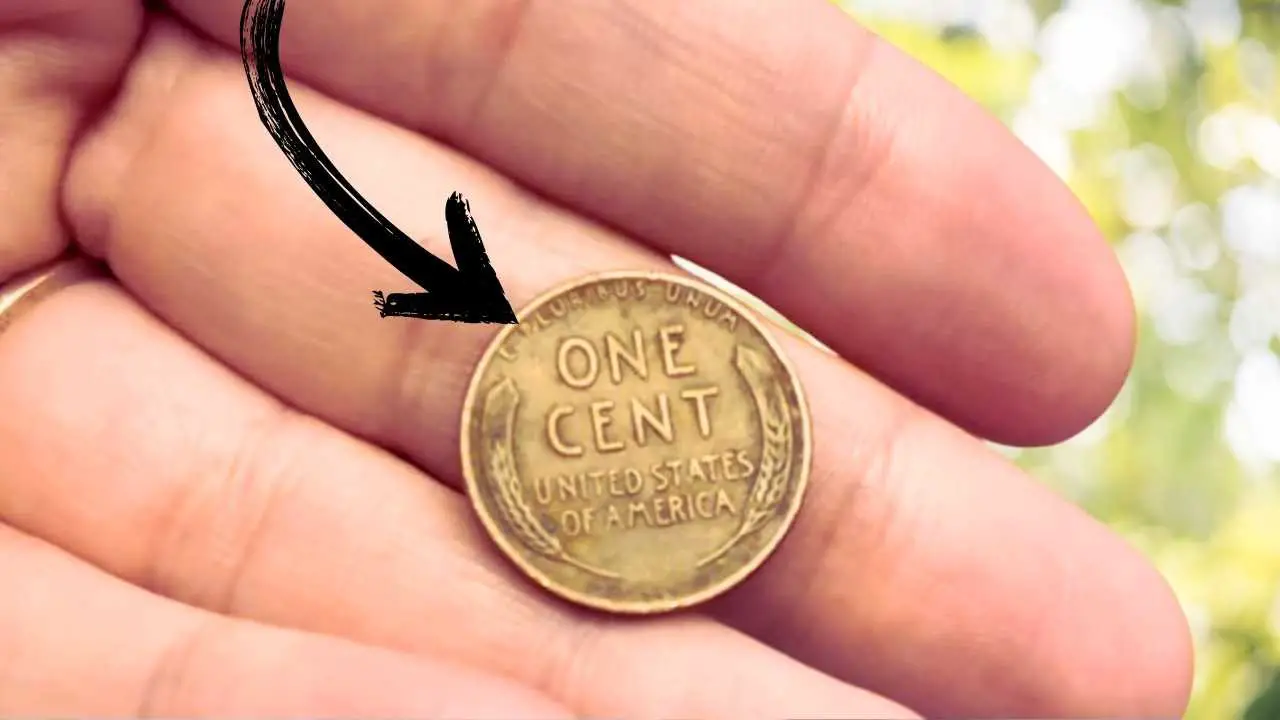The Lincoln Wheat Penny, one of America’s most iconic coins, has captured the imagination of collectors and history enthusiasts alike. Among its many variants, a rare 1943 bronze penny stands out, valued at an astonishing $2.5 million. Remarkably, some of these precious coins might still be in circulation, waiting to be discovered by an eagle-eyed collector.
The Birth of an American Icon
The Lincoln Wheat Penny was first minted in 1909 to commemorate the 100th anniversary of Abraham Lincoln’s birth. Designed by Victor David Brenner, it was the first U.S. coin to feature a president’s likeness. The reverse side of the coin, adorned with two wheat stalks, symbolized America’s agricultural prosperity and earned the penny its nickname. This design remained in use until 1958, making it a staple of American currency for nearly half a century.
A Wartime Error Creates History
The story of the 1943 bronze penny is rooted in the challenges of World War II. Due to wartime material shortages, the U.S. Mint switched from bronze to zinc-coated steel for penny production in 1943. However, a handful of bronze planchets from 1942 accidentally found their way into the 1943 production line. This rare error resulted in a small number of bronze pennies being minted, creating one of the most valuable coins in American numismatic history.
Understanding the Extraordinary Value
The 1943 bronze penny’s value is driven by its extreme rarity and historical significance. Only a few of these coins are known to exist, making them highly sought after by collectors. The coin’s condition also plays a crucial role in determining its worth, with well-preserved specimens fetching the highest prices. The combination of rarity, historical context, and condition makes this penny a true numismatic treasure.
Identifying a Valuable 1943 Bronze Penny
For those hoping to uncover this rare coin, there are several key characteristics to look for. A genuine 1943 bronze penny will have a distinctive brownish-red color, unlike the silver appearance of the standard 1943 steel pennies. A simple magnet test can help verify its authenticity—bronze pennies won’t stick to magnets, while steel pennies will. Additionally, bronze pennies weigh approximately 3.11 grams, slightly more than the 2.7-gram steel pennies.
Other Notable Lincoln Wheat Pennies
While the 1943 bronze penny is the most famous, other Lincoln Wheat Pennies also hold significant value. The 1909-S VDB penny, featuring the designer’s initials and limited to just 484,000 pieces, is highly coveted. The 1914-D penny and the 1922 plain penny (lacking a mint mark) are also prized by collectors. These coins, though not as rare as the 1943 bronze penny, are still valuable additions to any collection.
The Thrill of the Hunt
The possibility that these rare pennies might still be in circulation adds an exciting dimension to coin collecting. Many valuable specimens could be hiding in plain sight, mixed with ordinary change or tucked away in forgotten coin jars. This potential for discovery keeps the hobby vibrant and engaging for collectors of all levels.
Proper Authentication Steps
Finding a potentially valuable penny is just the first step. Proper authentication requires careful examination and professional verification. Consulting certified coin dealers or recognized grading services like the Professional Coin Grading Service (PCGS) is essential for confirming authenticity and establishing value.
The Cultural Impact
The Lincoln Wheat Penny is more than just currency—it’s a tangible piece of American history. These coins tell stories of economic changes, wartime adaptations, and technological developments in minting processes. For collectors and historians alike, each penny represents a unique window into America’s past.
Preservation and Care
For those fortunate enough to possess rare Lincoln Wheat Pennies, proper preservation is crucial. Coins should be handled carefully, stored in appropriate holders, and protected from environmental damage. Professional guidance on conservation methods can help maintain the coin’s condition and value.
Investment Potential
The market for rare coins, particularly specimens like the 1943 bronze penny, demonstrates the potential for significant return on investment. However, potential investors should approach the market with knowledge and caution, understanding that authentication and timing play crucial roles in realizing value.
Legacy and Future Outlook
The enduring fascination with the Lincoln Wheat Penny, particularly its rare variants, shows no signs of diminishing. As fewer of these historic coins remain in circulation, their value and historical significance continue to grow, making them increasingly desirable to collectors and investors alike.
The story of the $2.5 million Lincoln Wheat Penny reminds us that extraordinary value can hide in ordinary places. Whether you’re a serious collector or simply curious about your spare change, the possibility of discovering one of these rare treasures adds excitement to numismatics. As these coins continue to captivate new generations, their legacy as both historical artifacts and valuable collectibles remains secure.




